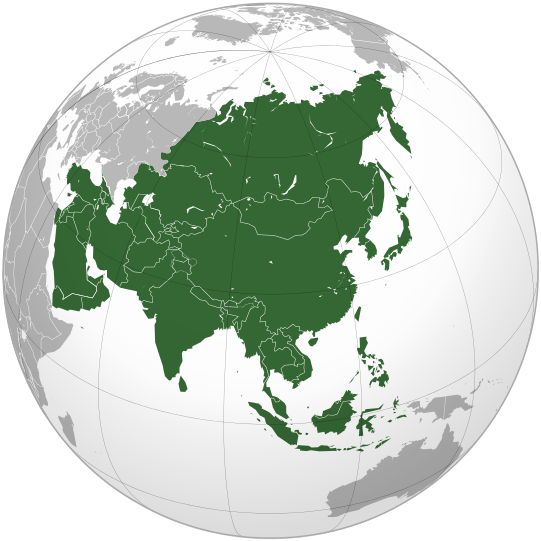Investment Strategies
UBS Remains Positioned For Global Growth Despite Trade War Anxiety

The world's largest wealth manager explains how it is positioning portfolios in Asia amid concerns about US tariffs against China.
UBS is positioning in Asia
for continued strong global growth, with the rise of US trade
protectionism adding to asset allocation headaches but not
changing the Swiss bank’s overall stance.
In a recent update on the views of the chief investment office at
UBS’s wealth management arm, the bank said that on equities, it
remains overweight China, Indonesia, and Thailand, and
underweight Malaysia, the Philippines, and Taiwan. It is neutral
on Japan in its global tactical asset allocation.
“The threat of US protectionism certainly adds complexity to our regional thesis, but our broad tactical view is unchanged. Global growth is solid, inflation should rise only gradually, and our base case is that the US and China will come to a negotiated settlement,” UBS said.
“We therefore still see further upside to Asian equities versus US IG [investment grade] bonds. Asian companies have delivered record-breaking free cash flow margins in 4Q 17 results announced so far. In 2017, the Asia ex-Japan FCF margin was 9.5 per cent versus a 7.8 per cent global average and 9.6 per cent in the US. Strong cash returns should drive further upside to markets, while healthy balance sheets offer some downside protection,” it said.
UBS has cut its overweight stance on Japanese corporate high-yield corporate bonds versus Japanese investment-grade debt.
“Barring a broad-based trade war, we expect improving credit fundamentals and sustained local investor bids to limit any widening in spreads. But we are concerned that higher rates volatility and negative headlines on trade could lead to higher JACI spreads,” it said.
Protectionism watch
UBS said proposed US 25 per cent tariffs on about $50 billion of
Chinese exports “appear less severe than initially feared” but
added that any further retaliatory action by China, in addition
to its already announced plan to impose tariffs on $3 billion of
imports from the US, will be a key development to watch.
"For equity markets, a hard line on technology is our greatest concern. We calculate a 20–30 per cent tariff on IT products would see Asian earnings decline by low-to-mid single digits. A 10–30 per cent fall in Asian stock markets is possible in our tail-risk scenarios. Regionally, although the US’s focus has been on China, Chinese companies actually have low overall exposure to the US. We believe that Taiwan and South Korea are the most vulnerable to US protectionism, as their value-add to exports is the highest. By sector, power generators, technology, and transport vehicles have the largest bilateral trade deficits," it said.
But the bank gave this broad, positive comment: “Strong earnings, steady US bond yields, sedate US inflation, and better-than-expected China growth data have supported markets in recent weeks, and we expect these factors to be sufficient to offset a modest rise in trade-related uncertainty. We therefore remain positive on Asian risk assets in our regional tactical asset allocation.”
UBS said that an insurance against heightened risk aversion is its overweight stance on US 10-year Treasuries, for example, and its long yen/short New Zealand dollar position.
